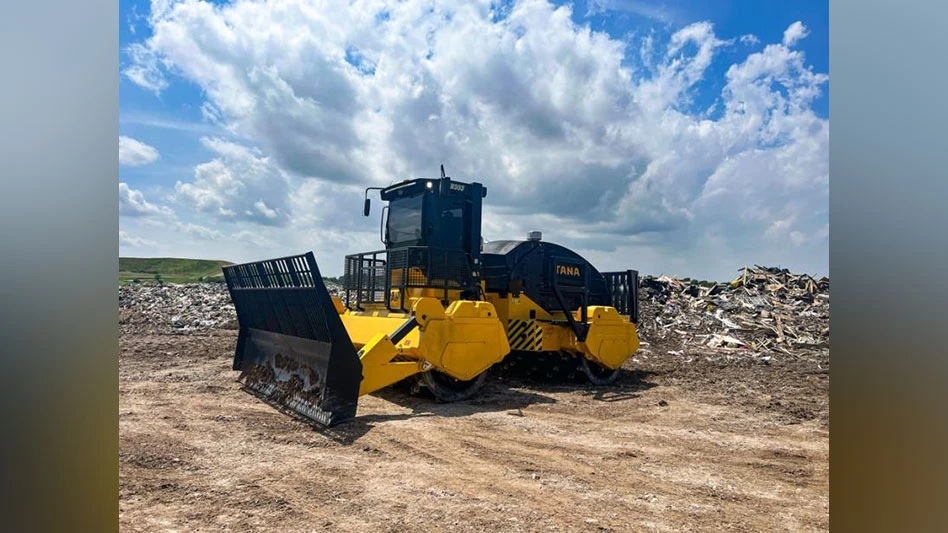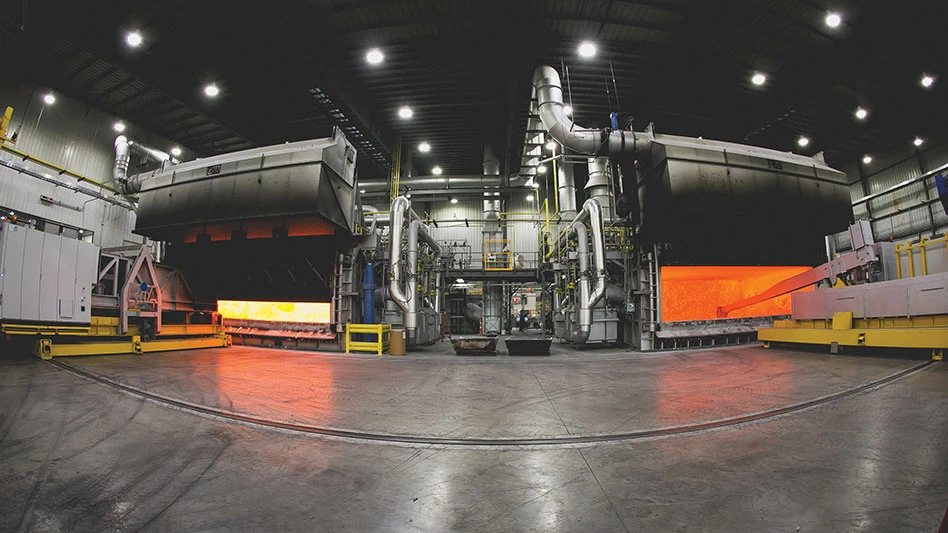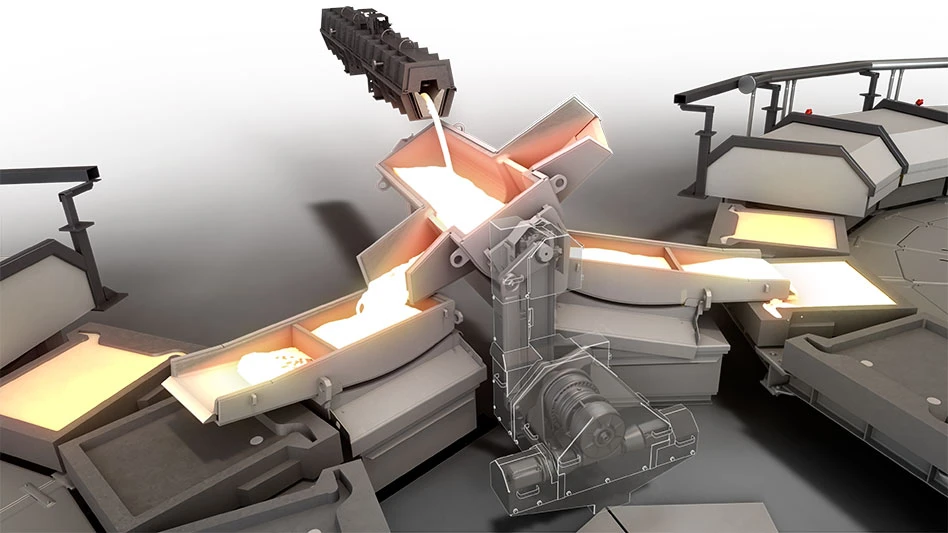Positive momentum is building for nonferrous scrap markets, and some scrap dealers are adopting an optimistic outlook.

A nonferrous scrap dealer based on the East Coast says, “The scrap volume is up a little bit, although I think it is due to lots of companies exiting the business. In the past there have been too many buyers for not enough scrap.”
Competition among scrap yards over available material lowered prices and reduced margins.
With fewer recyclers bidding on available material, margins have improved.
“Some of the smaller, undercapitalized scrap dealers have just thrown in the towel,” one source says. “Other companies have been pressured by their banks about losing money for so long that they have closed.”
Another source says some of the largest companies have been shuttering operations, too.
An extended slump in automobile shredding has helped improve markets for some aluminum scrap grades. One broker says that with fewer cars being shredded, less zorba and twitch (two aluminum grades generated through the auto shredding process) are being produced. With less of these grades available, consumers have had to buy higher grades of aluminum scrap, including prime scrap, to meet their production schedules.
Even though the flow of zorba and twitch has increased as of late, “The spreads are decent right now,” a source says. “Everyone can make money. Supply and demand are in equilibrium.”
“I think the aluminum sector has weathered the storm. Last year was challenging, but if you survived, you should be doing OK right now.” – a source based in the Midwest
Another source says that while secondary aluminum consumers were struggling earlier this year with narrow margins, many have been able to lower their scrap purchase prices and raise their finished product prices, which has eased stress.
“I think the aluminum sector has weathered the storm,” a source in the Midwest says. “Last year was challenging, but if you survived, you should be doing OK right now.”
An analysis of U.S. Geological Survey (USGS) data by The Aluminum Association, Arlington, Virginia, supports this upbeat outlook. The domestic aluminum industry purchased an estimated 739 million pounds of scrap in April 2016, a 0.3 percent increase from figures for the same time last year, according to the USGS.
Additionally, The Aluminum Association reports that aluminum scrap exports, not included in the USGS consumption statistics, totaled 894 million pounds through April, an 11.3 percent decrease from the same time last year.
Sponsored Content
Still relying on manual sorters?
Let AI do the heavy lifting. Waste Robotics delivers reliable, high-performance robots tailored for complex waste streams. They require minimal maintenance, are easy to operate, and are designed to boost your recovery rates. Smarter sorting starts with the right partner. Waste Expo Booth #1969 & REMA #2843
Click here to see our robots in action!Stainless steel markets also are improving after bottoming out earlier this year. In its monthly report, the Dutch company Oryx Stainless says that after nickel prices held at the $8,400 per metric ton level on the London Metal Exchange for the second half of May, they began strengthening. Unfortunately, Oryx says, the gain in pricing is because of the stronger U.S. dollar rather than a fundamental improvement in markets.
According to a recent report by U.K.-based stainless steel wholesaler Damstahl, “Smaller scrap traders appear to be holding more material in reserve until expected price increases from the London Metal Exchange kick in. The result is larger scrap processors have been having a difficult time supplying stainless steel mills with an adequate supply of material.”
Get curated news on YOUR industry.
Enter your email to receive our newsletters.

Explore the August 2016 Issue
Check out more from this issue and find your next story to read.
Latest from Recycling Today
- Fenix Parts acquires Assured Auto Parts
- PTR appoints new VP of independent hauler sales
- Updated: Grede to close Alabama foundry
- Leadpoint VP of recycling retires
- Study looks at potential impact of chemical recycling on global plastic pollution
- Foreign Pollution Fee Act addresses unfair trade practices of nonmarket economies
- GFL opens new MRF in Edmonton, Alberta
- MTM Critical Metals secures supply agreement with Dynamic Lifecycle Innovations









